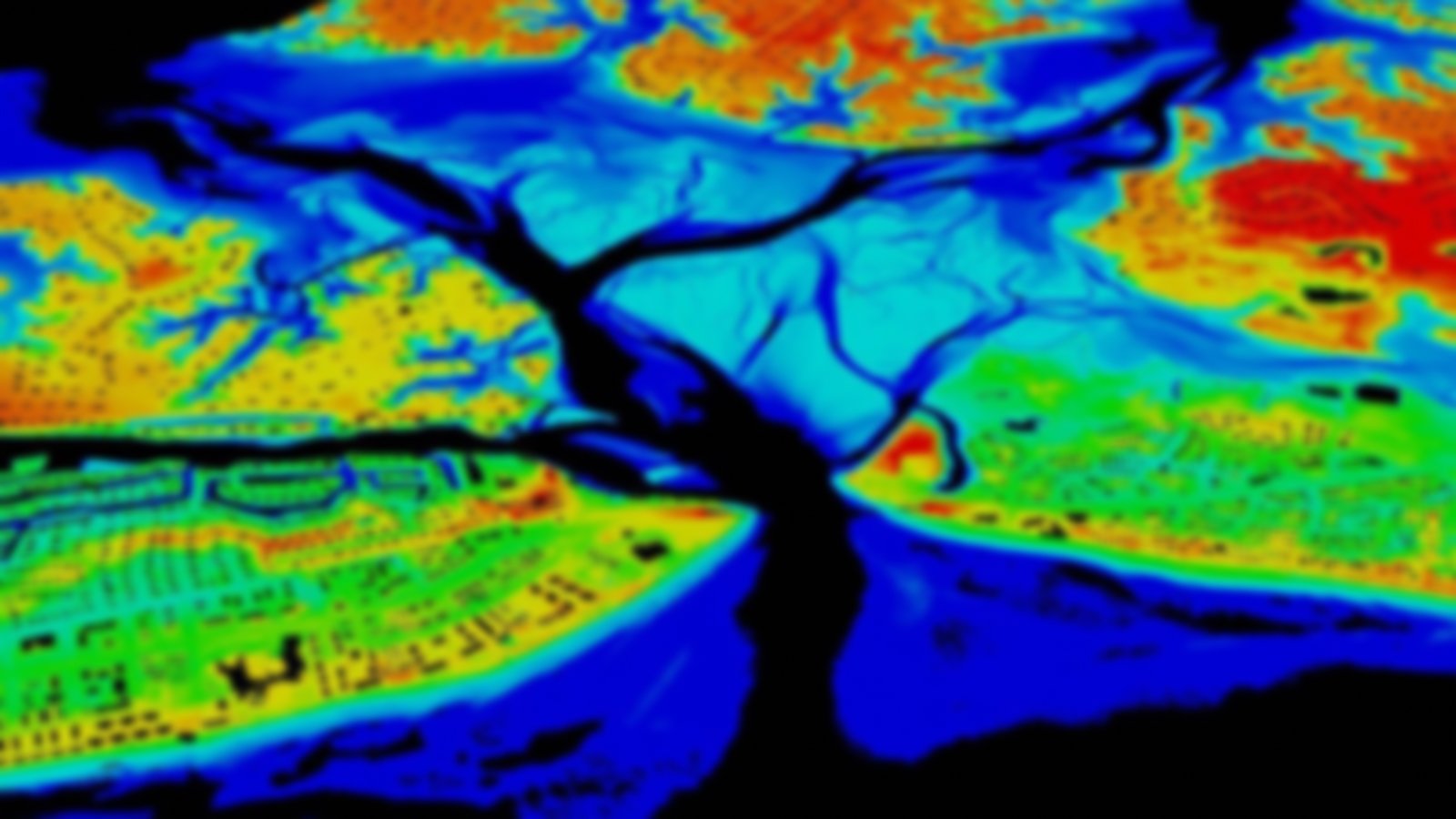Overview
Site-based monitoring data provide standardized, quantitative measures to determine how conditions are changing in the short and long term. Three major components are focused on (1) abiotic indicators of water quality and weather, (2) biological monitoring, and (3) watershed, habitat, and land use mapping. Shapefiles of each reserve’s management boundary and watersheds of interest are provided.
Abiotic parameters collected include nutrients, temperature, salinity, pH, dissolved oxygen, relative humidity, barometric pressure, wind speed/direction, and precipitation. Biological monitoring includes measures of biodiversity, habitat, and population characteristics. Watershed and land use classifications provide information on types of land use by humans and changes in land cover associated with each reserve.
The National Estuarine Research Reserve System is a network of 30 sites protected for long-term research, ecosystem monitoring, education, and coastal stewardship. Visit the research reserves homepage to learn more.
Featured Resources
Additional Information
Limitations and Notes
The National Estuarine Research Reserve System retains the right to be fully credited for having collected and processed the data. Following academic courtesy standards, the reserve site where the data were collected should be contacted and fully acknowledged in any publications in which any part of the data are used. These data sets are only as good as the quality assurance and quality control procedures outlined by the enclosed metadata reporting statement. The user bears all responsibility for its subsequent use or misuse in any further analyses or comparisons. The federal government does not assume liability to the recipient or third persons, nor will the federal government reimburse or indemnify the recipient for its liability due to any losses resulting in any way from the use of these data.
Citation
NOAA National Estuarine Research Reserve System (NERRS). System-wide Monitoring Program. Data accessed from the NOAA NERRS Centralized Data Management Office website: www.nerrsdata.org. Accessed [Day Month Year].
